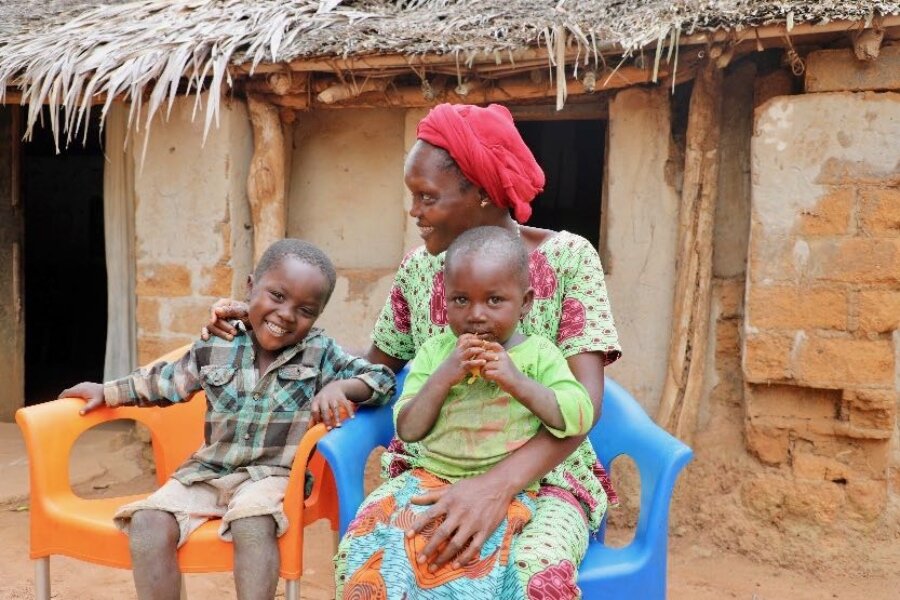
Gentille Wagara smiles proudly at her four-year-old son Silva, as they sit in front of her thatched-roof home. Just a year ago, he was battling malnutrition - an all-too-common problem in their village of Inke, located in northwest Democratic Republic of the Congo.
Today, Silva is a strong and healthy little boy who enjoys his mother's nourishing meals, cooked from a healthy blend of vegetables, groundnuts, fish and oil.
A humanitarian last stand: Why conflict and hunger risk being Eastern DRC's main exports
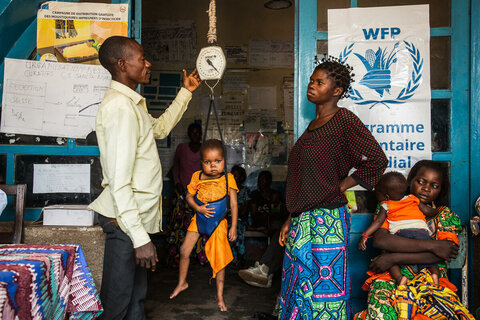
His turnaround is thanks to Gentille's creative and healthy recipes, inspired by nutrition-focused cooking classes the World Food Programme (WFP) is rolling out in Inke and dozens of other villages in DRC's Nord Ubangi province.
The initiative has produced dramatic results. Today, more than two-thirds of enrolled families in Nord Ubangi eat more diverse diets - double the numbers in 2021.
"I have learnt how to make healthy soup from mixing cassava leaves, groundnuts and fish or beef," says Gentille, a 34-year-old mother of four, as she crushes groundnuts with a pestle to make pondu, a local delicacy. "I know this is healthy and my children now eat better, have more energy and are happy."
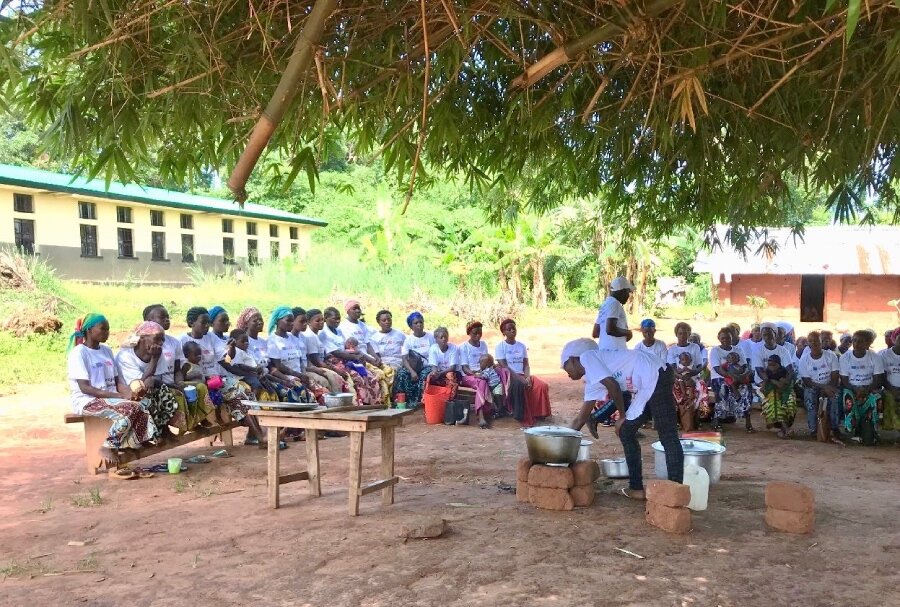
By promoting fresh, diverse and locally grown food, the classes offer a potent and affordable weapon to fight acute malnutrition in DRC that affects some 2.6 million Congolese children.
Across the Nord Ubangi province - now at the peak of dry season with dry, cracked soil and soaring temperatures - one in five people face above-crisis levels of food insecurity, according to the latest expert food security analysis.
Roughly four in - and is about 10 points higher than elsewhere in Africa, says Fortune Maduna, head of nutrition for WFP in DRC.
"Malnourished children are at least three times more likely to die from other diseases that are recurrent in children. Those who survive are prone to retarded growth and development," Maduna adds, listing a raft of reasons for malnutrition, including poor child feeding practices.
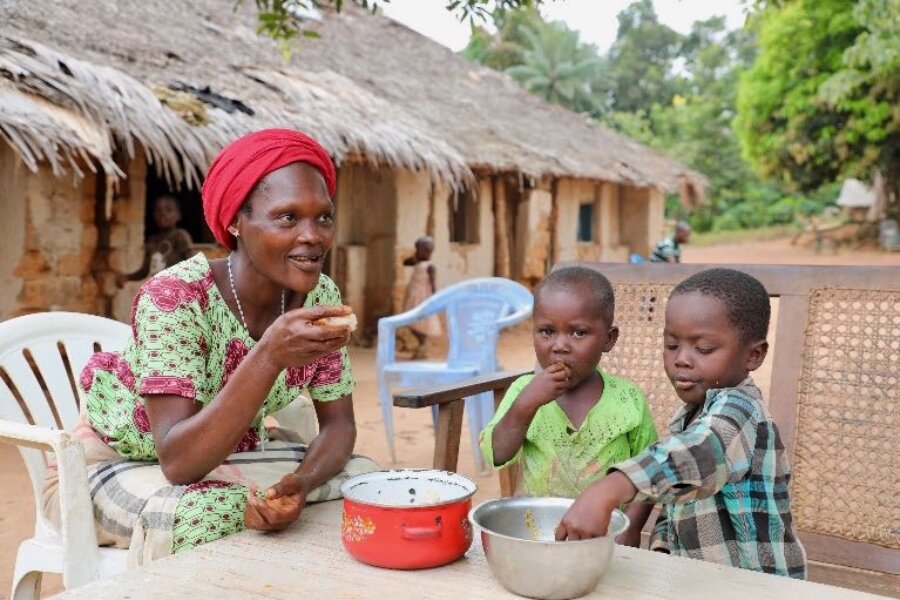
But change is happening, one recipe at a time.
Once a month, some 30 women gather in village squares across Nord Ubangi, where WFP and government partners guide them through cooking demonstrations and share valuable insights on proper nutrition. They receive tips on how to mix vegetables, fish, grains, plantains and other foods to make nutritious and balanced meals for their families - meals that especially benefit pregnant and breastfeeding women and children.
In 2022 alone, more than 58,000 mothers participated in these sessions across the DRC.
The classes are transforming eating habits and health outlooks in places like Inke, where villagers raise goats and pigs on small plots of land. Most here earn less than US$2 a day through small businesses and by selling their surplus harvests of cassava, amaranth and okra. For most, buying sometimes healthier but more costly foods sold at the market are prohibitively expensive.
Recipes for change
Those teaching the cooking classes encourage communities to instead eat more of their locally grown vegetables and fruits, like beans and jackfruit. These are cheaper, fresher and can be consumed soon after harvesting, giving people the full range of vitamins and minerals they need to stay healthy.
"We all look forward to our classes where a nutrition expert guides us as we learn interesting new skills and share healthy recipes with each other," Gentille says.
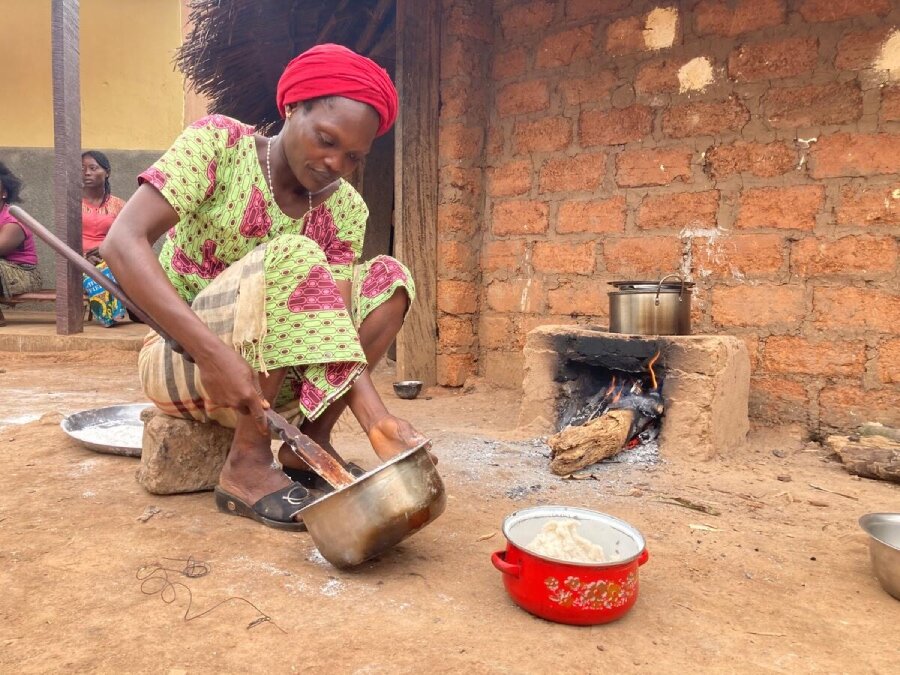
The WFP programme also focuses on maternal and child nutrition. It teaches women about the importance of breastfeeding, the benefits of a balanced diet during their pregnancy, and the appropriate feeding practices for babies and young children. Participants join 'mother support groups', learning from each other about good health, nutrition and caring practices.
"That creates a positive behaviour change in favor of healthy practices," WFP's Maduna says.
Gentille is now sharing what she's learnt with other women in Inke.
"I have started teaching them how to mix vegetables and make pondu which is healthy for their children," she says, as she dishes out a serving of freshy cooked vegetables for her own. "It is my hope that every child here can lead a healthy life".
WFP nutrition education activities in the DRC, in collaboration with FAO and UNICEF, are supported by Belgium, Canada, European Union, France, Germany, Italy, Japan, Korea, Norway, Sweden, Switzerland, and the USA






